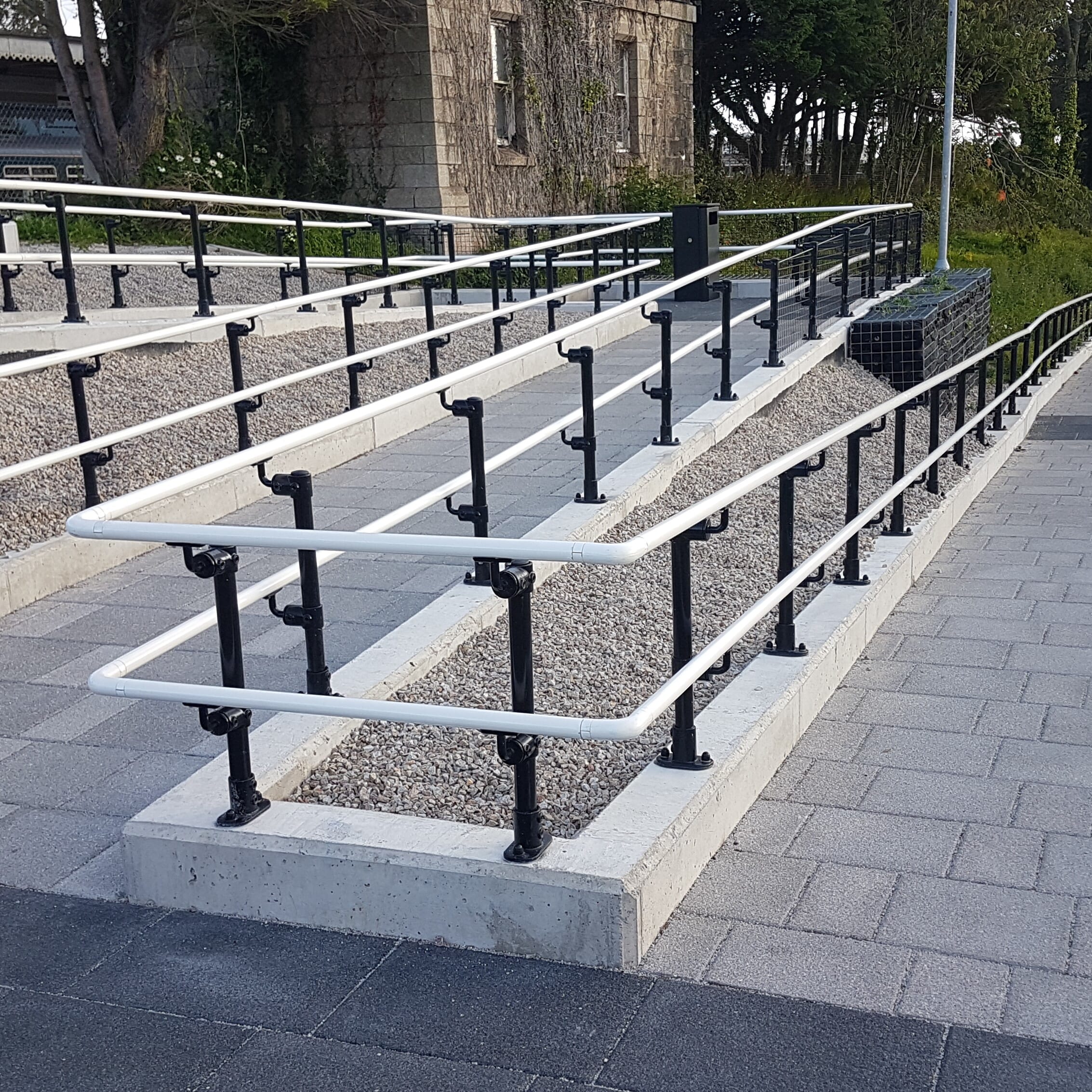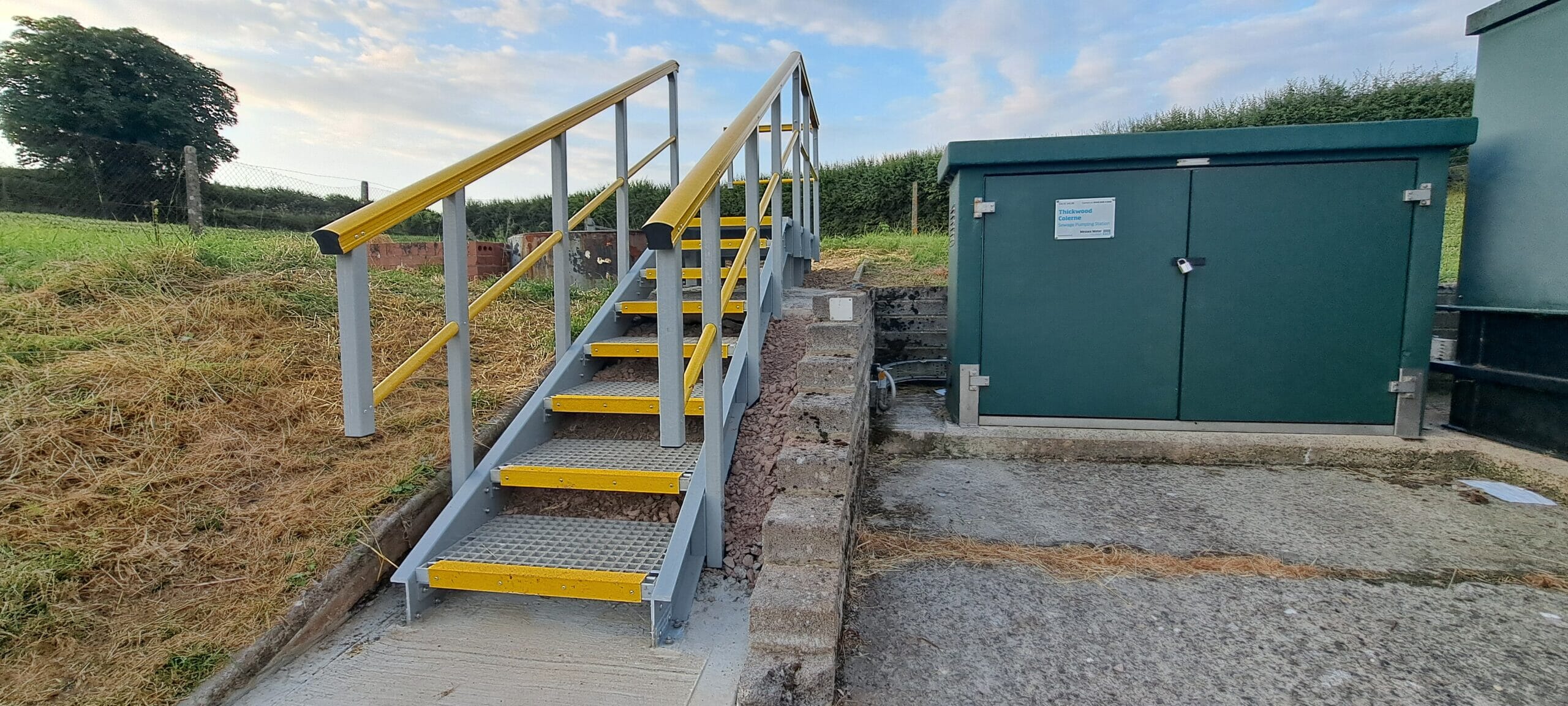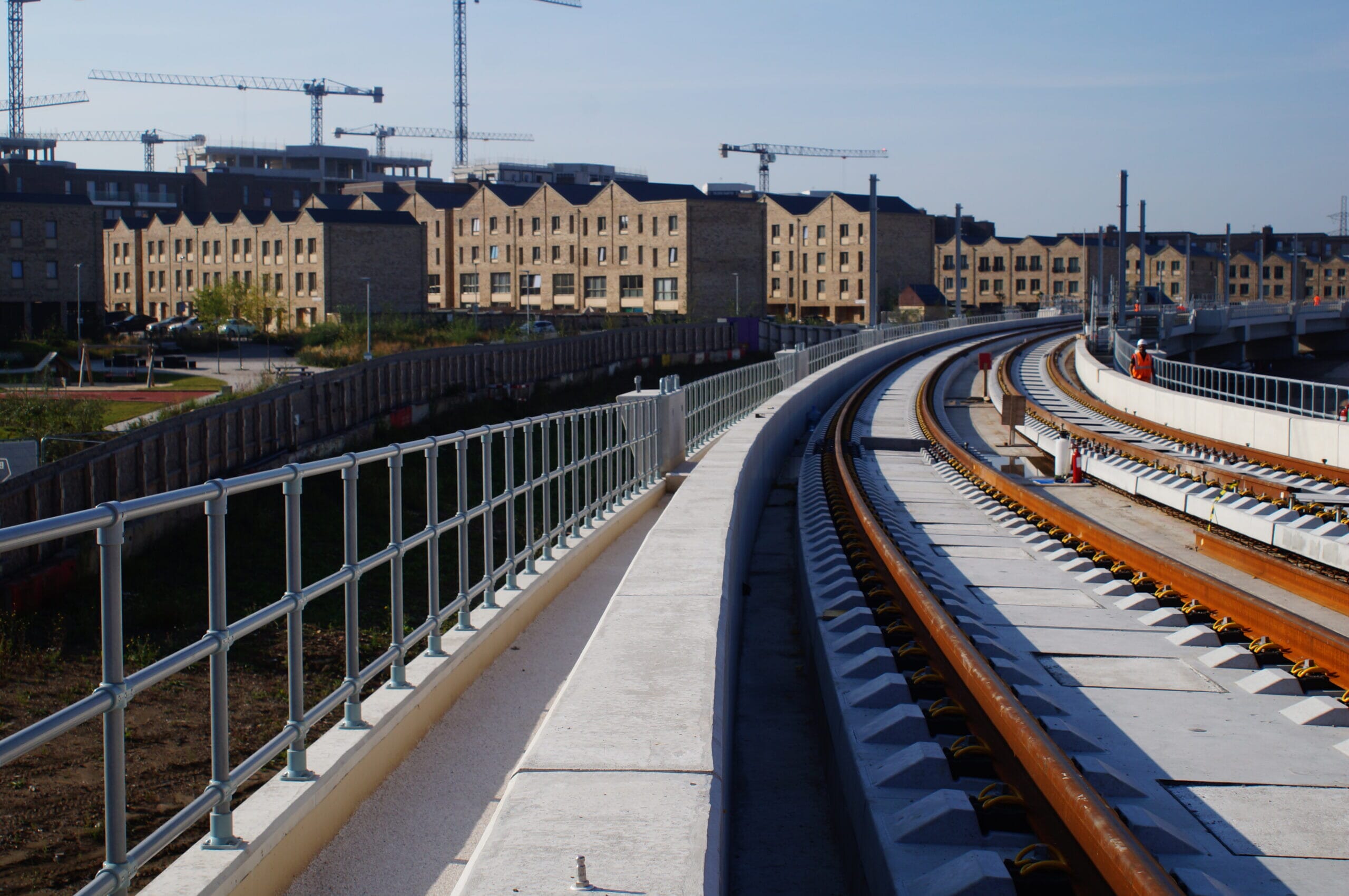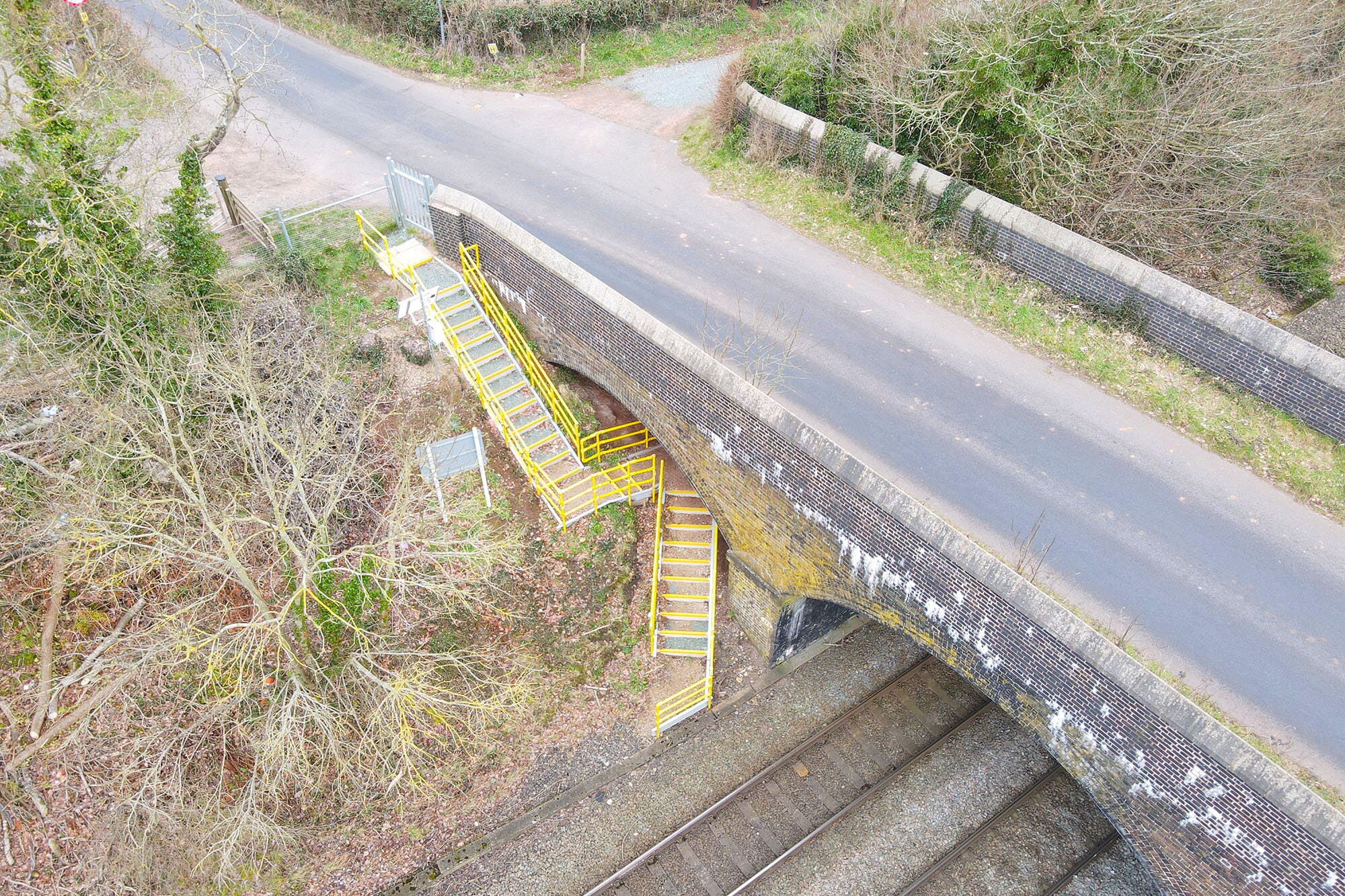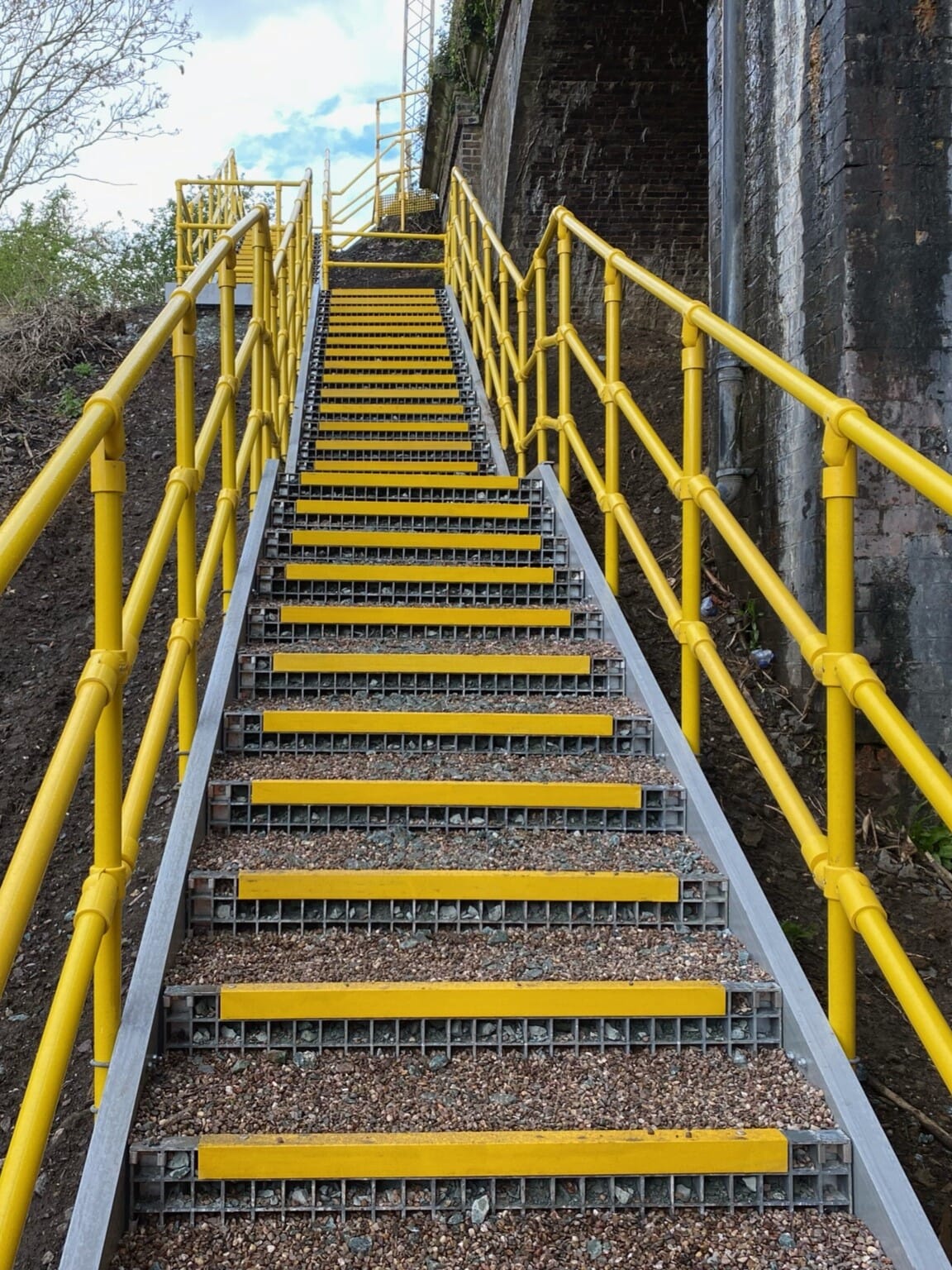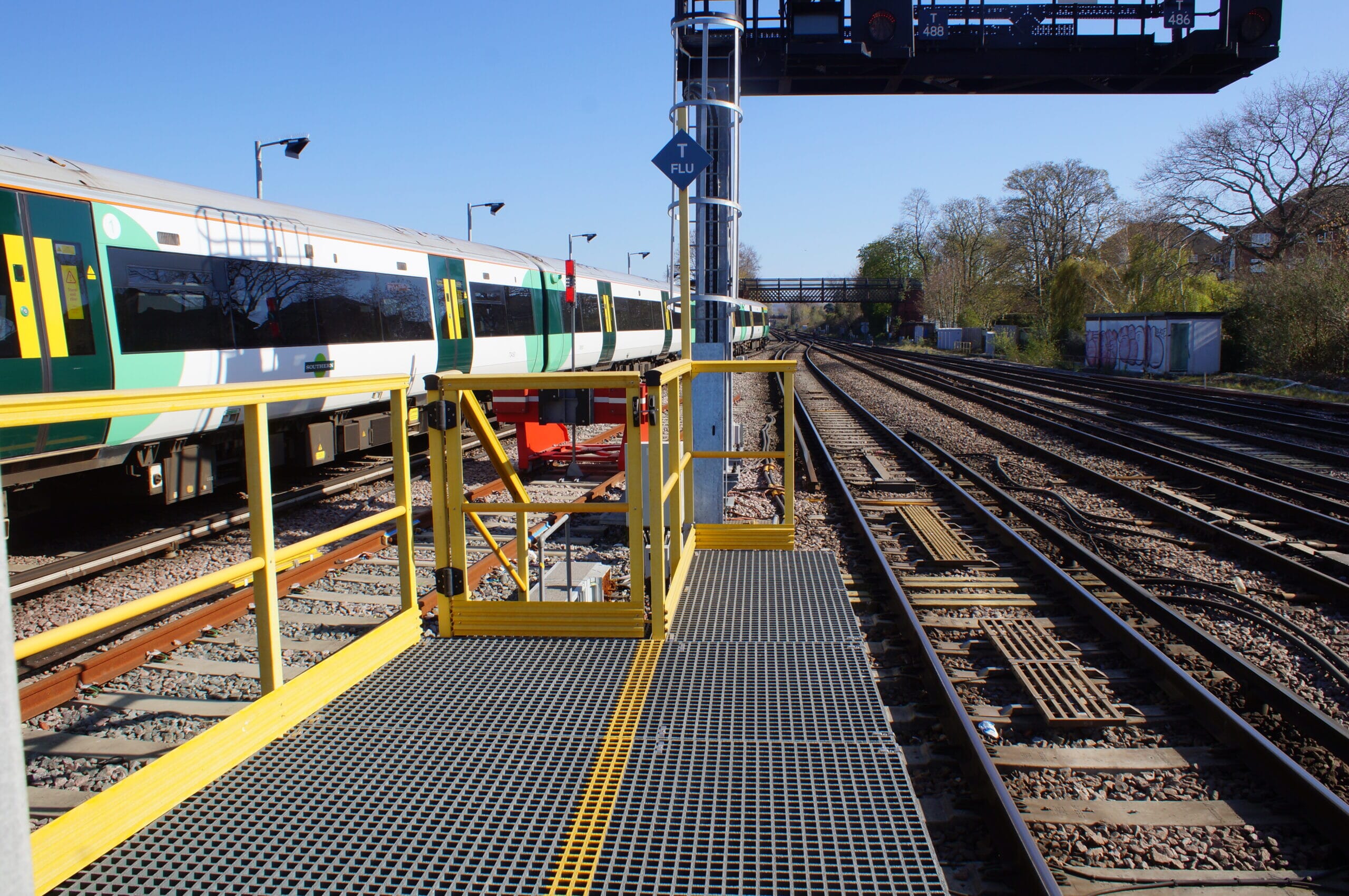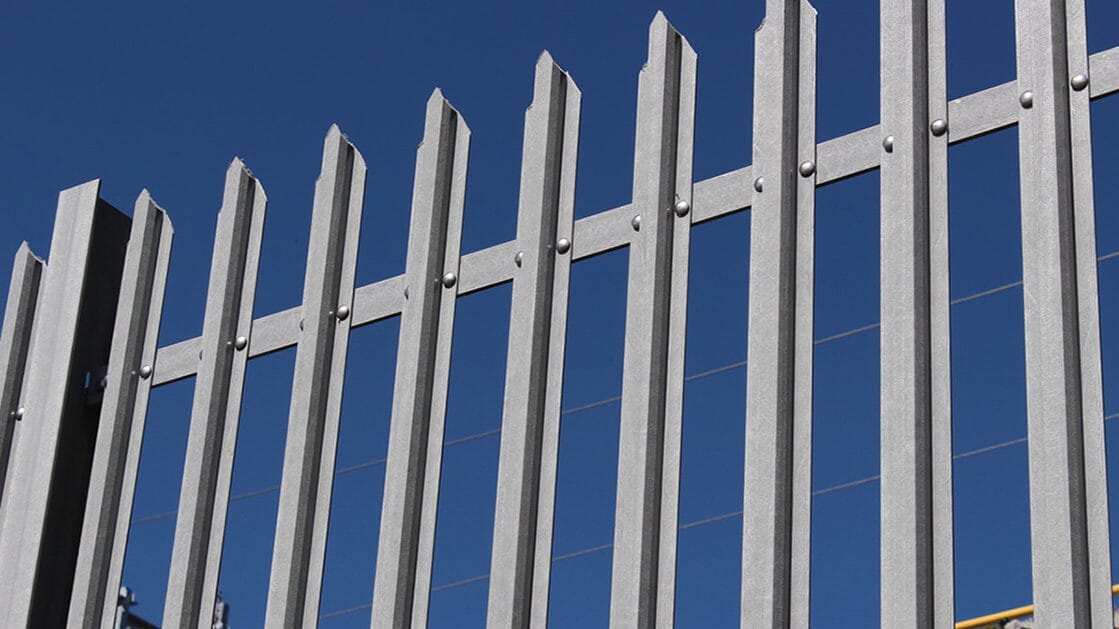A complete guide to DDA handrails
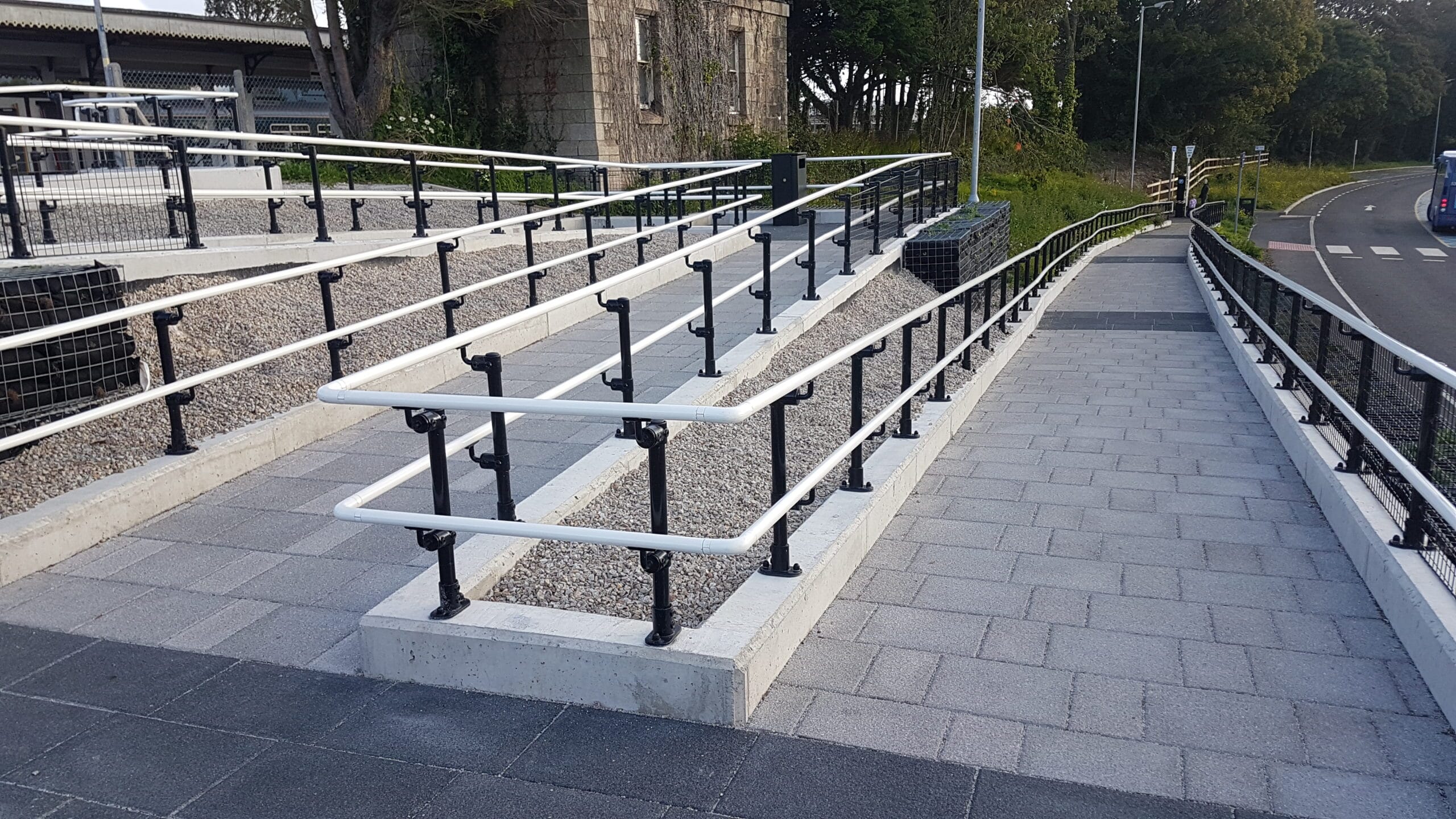
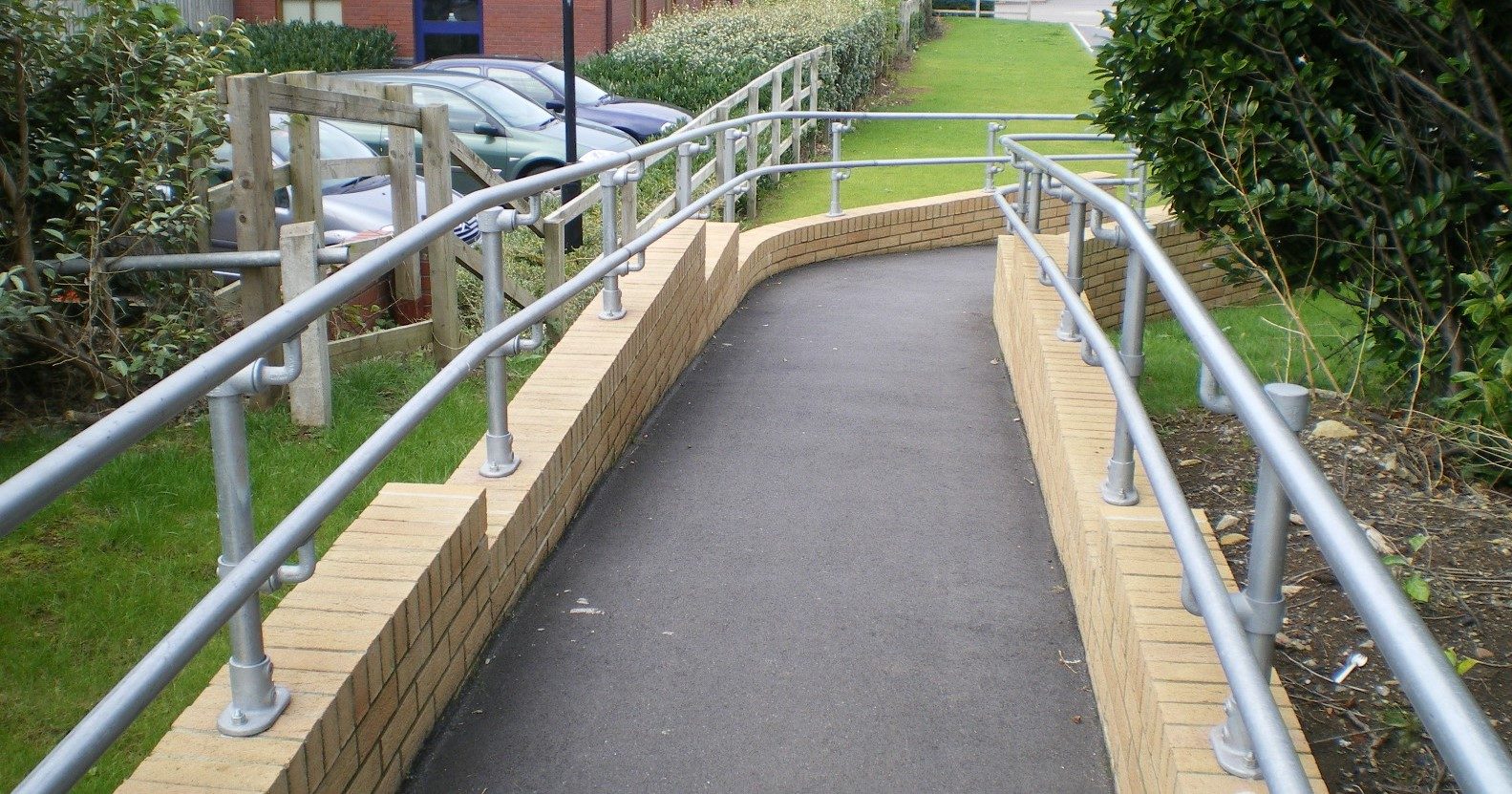
Where are DDA handrails used?
DDA handrails may be used in the following scenarios:
- To aid the recovery of patients and improve safety around healthcare buildings like hospitals and doctors surgeries
- To help young people and staff safely navigate busy spaces in schools and other educational institutions
- To guarantee safe access around public buildings such as libraries, leisure centres, and government facilities
- To improve safety and accessibility in commercial settings including office blocks, shopping centres, and car parks
In short, DDA compliant handrails are essential in public environments where individuals need to navigate stairs, ramps, or uneven ground.
What are the DDA handrail requirements?
Getting the right spec is crucial for complying with DDA handrail regulations. Here are the key DDA handrail requirements you need to consider:
DDA handrail height
Handrails must be positioned between 900mm and 1000mm from the pitch line of a stair or ramp. This allows both standing adults and wheelchair users to use the handrail comfortably.
Size and grip
The handrail should have a diameter of between 40mm to 45mm to make it comfortable and secure to hold. The design must also be round or oval, with no sharp edges or ridges that could cause discomfort or snagging.
Surface and finish
DDA compliant handrails must be smooth and continuous, with no visible bumps or interruptions to the surface finish. They should also be not cold to the touch and remain at a comfortable temperature all year round. Finally, DDA handrails must be non-slip and be safe to use in wet outdoor environments.
Visual contrasts
The handrail should be clearly distinguishable from its background to assist those with visual impairments. We recommend choosing a contrasting colour or finish for your DDA handrail to help you meet this requirement.
End terminations
Each end of the handrail should return to either the wall or the ground. This reduces the risk of clothing getting caught or injuries from sharp ends. Additionally, the handrail should extend at least 300mm beyond the top and bottom of the ramp or stair, so that users have the time and space to steady themselves.
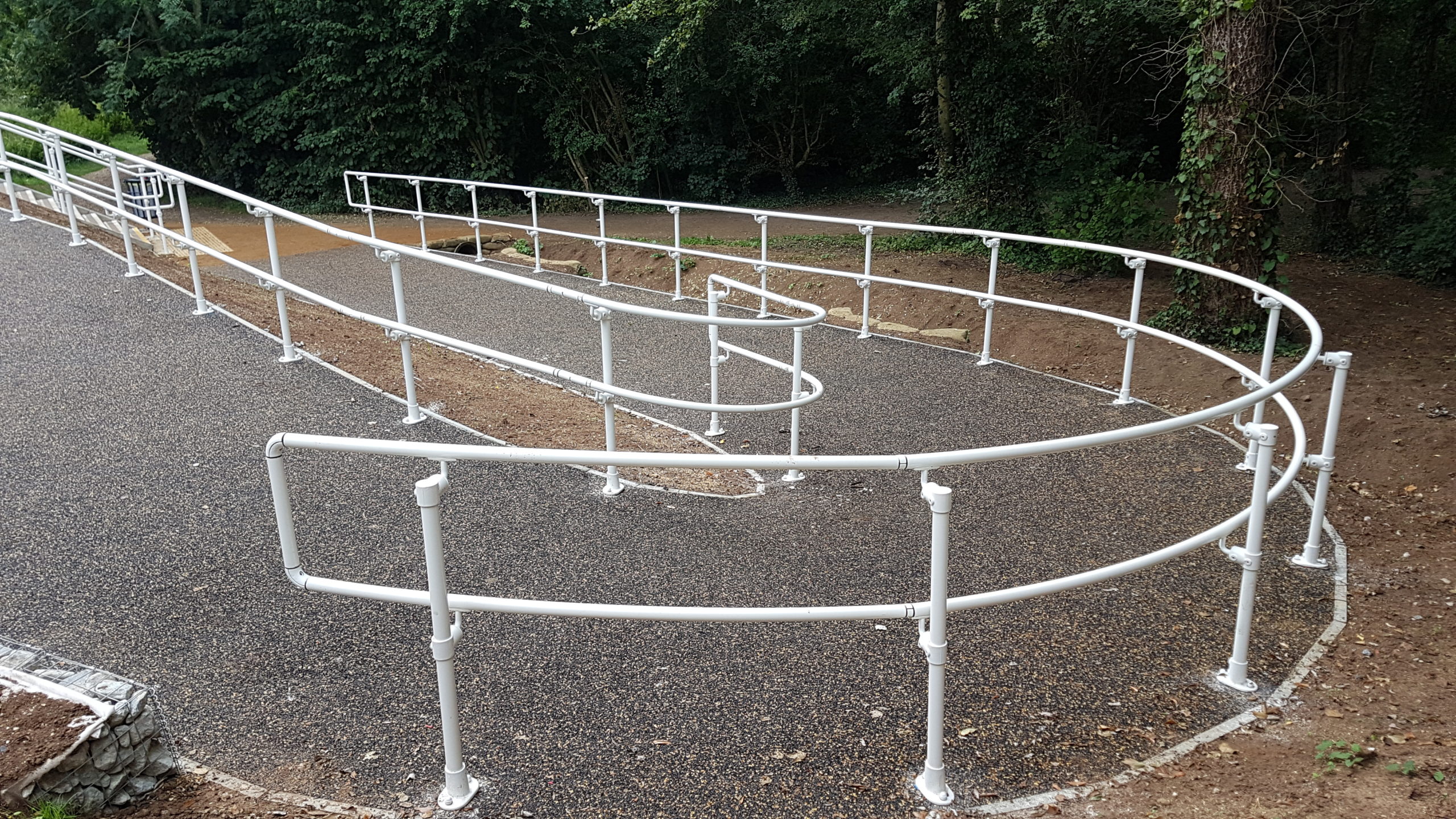
Discover Ezi Klamp’s DDA compliant handrail systems
At Ezi Klamp, we supply a complete DDA handrail system that helps you meet the stringent requirements of the Equality Act 2010 and Part M Building Regulations, while also supporting safer, more inclusive access in and around your building.
Our 42mm DDA handrails have a smooth and continuous design, and are finished with polyester powder coating to ensure they remain visible and “not cold to touch”. They are totally resistant to corrosion, making them suitable for both indoor and outdoor environments. And if your needs change over time, the modular setup makes it easy to adapt or extend the system.
Each handrail is exceptionally quick and easy to install, too. They are built using robust galvanised steel key clamp fittings, which slot together easily without the need for welding, threading, or specialist tools. If your site has a more complex layout, don’t worry – we can also help with installation, if required.
Are you ready to make your site more accessible and inclusive? Get in touch to discuss your DDA handrail requirements.
